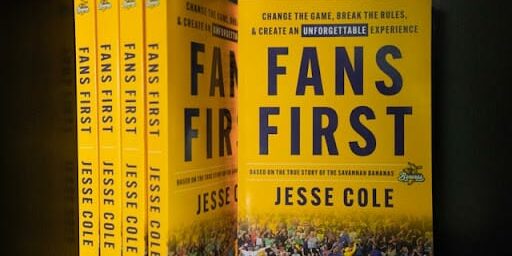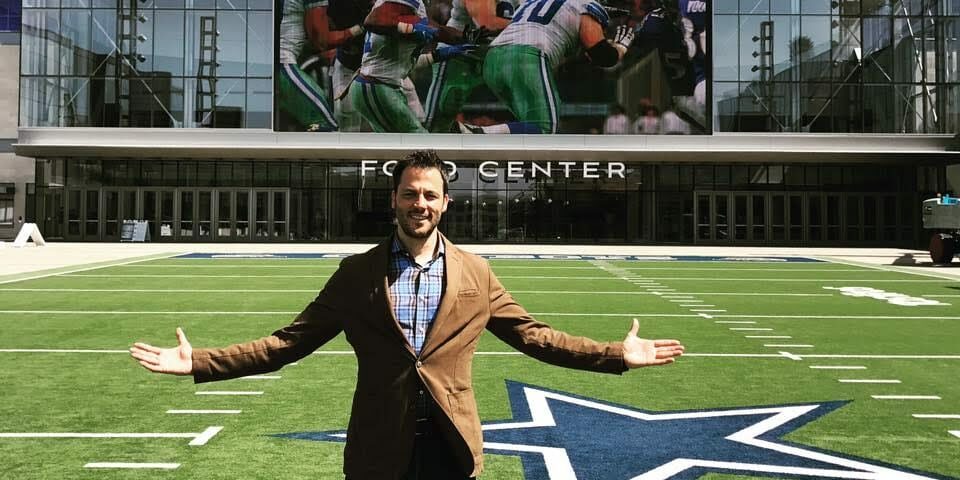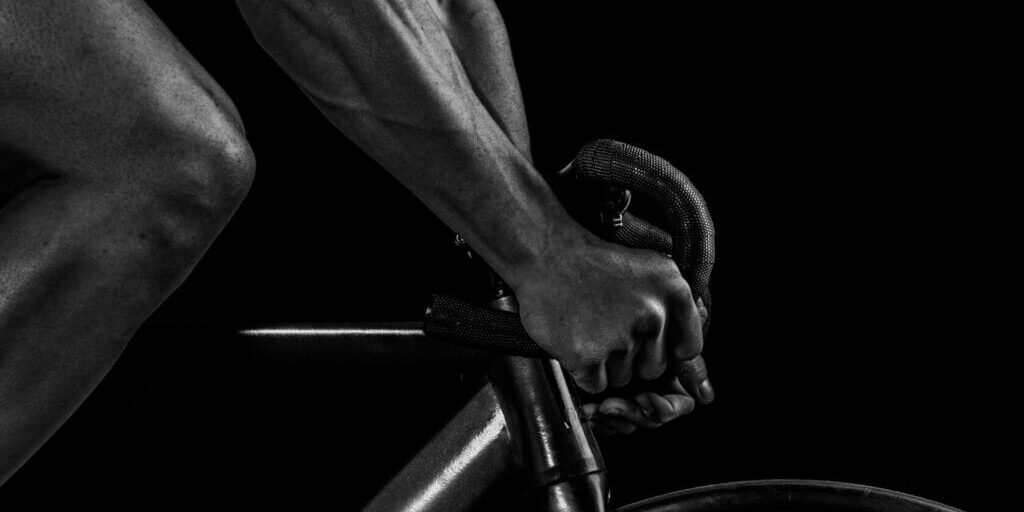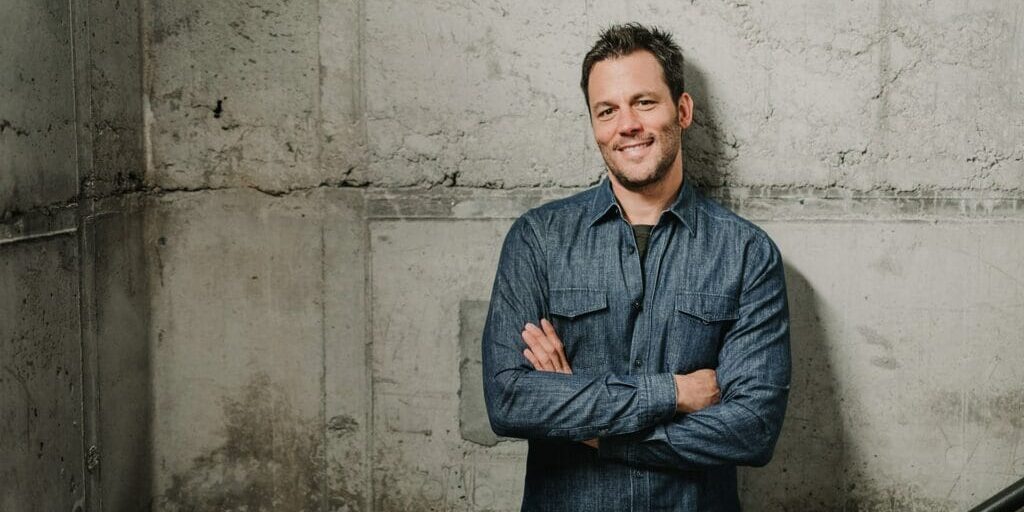When I settled into Deer Valley in Park City, Utah I was amazed by the venue and the views. However, I wasn’t at all surprised that the first annual PlanSource Eclipse Conference was set up to deliver a world-class experience. After all, we’d been working with event marketing pro Leah Stoudenmire and her team at The Rock It! Co.
Leah and the team exceeded any reasonable expectation pulling off an epic, inaugural user conference simply because that is exactly what they do: deliver measurable results to events that are engaging and fun. So, what does that mean? As Leah puts it, “It means that your attendees will be blown away by the entire experience and your boss will say, “thank you!”
As someone who attends around 75 events annually as a keynote speaker I see the good, bad and ugly in terms of event planning, execution, experience and sustainable impact. Leah is simply an expert and one of my go-to resources around elevating the “meeting experience” to deliver attendee impact long after a conference ends. How? Read on for her 7 ideas on how to make your next meeting rock!
Prepare for Impact
Leah and her team begin with the end in mind. That means making customers understand that in order to maximize impact, you have to begin planning a solid year in advance. That kind of timeline always pays off.
She says her team asks “How do we give every audience a VIP wow-factor experience? How do we think differently about every aspect of their experience? And how do we make sure they won’t be able to stop talking about this conference?”
You won’t find her team scrambling to book speakers a month before a conference. They organize the venue, details, agenda, theme, content and logistics early so they can focus on the promotion and prep which usually translates into an amazing show.
I picked up a great pro tip on meeting planning prep earlier this year from Thomson Reuters US Head of Sales and Customer Support, Tom Pfeiffer, after my closing keynote presentation at his 2018 sales kick off meeting. When I asked what time he was flying home that Friday afternoon he said he wasn’t. Immediately after lunch, his entire event team would sit down and start planning the 2019 event. They do it while the experience is fresh, feedback is real time and they are all together focused on the meeting experience because the ROI on that level of investment really matters.
Zero in on the Perfect Location
“Location, location, location” is everything in real estate, and it turns out it’s just as important in event planning. “Location sets the tone for the whole experience,” Leah says. Finding the perfect location will set you up for success. You want to find a location that is conducive to making meaningful human connections, as well as one that allows you to expand the experience to include something unique, special or entertaining outside of the venue.
It’s no coincidence that I’ll end up in Las Vegas and Orlando a dozen times each this calendar year— both cities set up well to deliver a total event experience, and they consistently own the top spots in Cvent’s annual top meeting destinations report.
Understand Your Audience
When it comes to promoting an event, Leah tries to understand the unique audience and cater to their preferences and behavior. Events with younger audiences might respond well to pre-event promotion on social media, like Instagram Stories. “I have to evaluate the audience and choose the tools they’re going to engage with,” she says.
Sometimes that means pushing an audience to adopt new technology. “You can take a little risk with it,” she says. “Let’s say I have an audience that’s not used to using a mobile app at a conference. I’m still going to use the mobile app, but I’m going to communicate about it differently. I’m going to communicate the way they like to receive information.”
It also never hurts to survey the audience attendees leading into the event to further evaluate and customize the experience.
Make the Most of Their Time
Leah sees a trend happening in the event industry: Conference planners are rethinking the way they slice up content, to make sure every moment is a good use of time.
“You have corporate leaders and managers willing to spend the dollars and take the time to enhance their skills. So how do you make the most of their time?”
One way is to make each content block shorter.
She tries to deliver as many perspectives as possible and drive home helpful takeaways. These days that means getting creative about content formats. Instead of blocking out hour-long breakout sessions for each speaker, she finds ways to layer multiple speakers together under one theme. “People can only take so much information from one source at a time. I started realizing that after 15 minutes people start looking at their phones. So I try to switch it up. I might have one topic, like culture and leadership, with three experts who each speak for 15 minutes.”
She has also experimented with short TED Talk-style storytelling, where speakers tell quick stories in a happy-hour setting. That subtle format shift can make a big difference, she says. “People can relate to stories. They’re excited to be there.”
Meet People Where They Are (on Their Phones!)
Leah isn’t oblivious to the fact that, no matter what, people are going to reach for their phones. So she embraces technology and takes the meeting material to the phone. “We’re finding 90 to 95 percent engagement with mobile apps right now at all conferences. And when we use live polling apps during sessions, we’re getting 75 to 80 percent engagement.” As a keynote speaker, technology affords me real-time feedback and can really serve to make attendees more engaged and even help get connected to each other during the event. Bottom line, use a #hashtag!
Keep the Momentum Going
Leah emphasizes how important it is to follow up with your audience quickly after an event. Her team shares videos from the conference right away, before the interest has worn off. She also creates post-event webinars to share more information about topics people were interested in. Here is a sample video excerpt from my keynote presentation at PlanSource Eclipse:
Measure Everything
A side benefit of engaging your audience through technology is the treasure trove of data you can uncover. “We measure everything,” she says. For example, if a sponsor pays for a photo booth, her team takes it up a notch. They roll out photo booth technology that adds a fun GIF to each photo, in exchange for the attendee’s email address. “We can track how many people we reach from that sponsored initiative, and show the sponsor it was worth their investment,” she says.
“When I present to executives post-conference, I always have numbers. ‘Here’s how many marketing qualified leads, sales qualified leads and upsell opportunities we received. Here’s how many people were engaged with live polling. Here’s the number that were engaged with the interactive photo booth feature, here’s how many people we reached from people sharing on social media.’ I’m measuring the reach and overall impact.” That also makes her work less of a commodity, as she’s serving as a true value-added resource by providing year-over-year reporting, benchmarking, trends and ROI analysis.
It’s that kind of attention to detail that ensures an event investment leaves real impact — long after everyone goes home.
Image credit: paulcheney.com







